In the Pauline Hall of the Lower Galleries of the Vatican Museums the entire collection, consisting of nearly five hundred specimens, of micromosaics belonging to the pontifical patrimony has been permanently displayed. This extraordinary collection, once owned by Domenico Petochi, was acquired in the early 1990s thanks to the initiative of the then director Carlo Pietrangeli. Some of the works were already presented to the public in the major 1986 exhibition hosted in the Braccio di Carlo Magno. Today, however, the entire collection is on permanent display: placed inside the ancient cabinets of the Vatican Library.
This new permanent exhibition of the Vatican Museums houses one of the most significant collections of micromosaics worldwide. Works that tell the story of a meticulous and refined art that originated in the Vatican environment and spread throughout Europe, particularly thanks to the Grand Tour.
The micromosaic-or minute mosaic-is an art form of great elegance. Grand Tour travelers, fascinated by the beauty of Rome, wished to carry with them a personal and lasting reminder of what they had seen and experienced with their own eyes: a kind of souvenir. But there were also represented archaeological views, the Roman countryside, as well as flowers and animals.
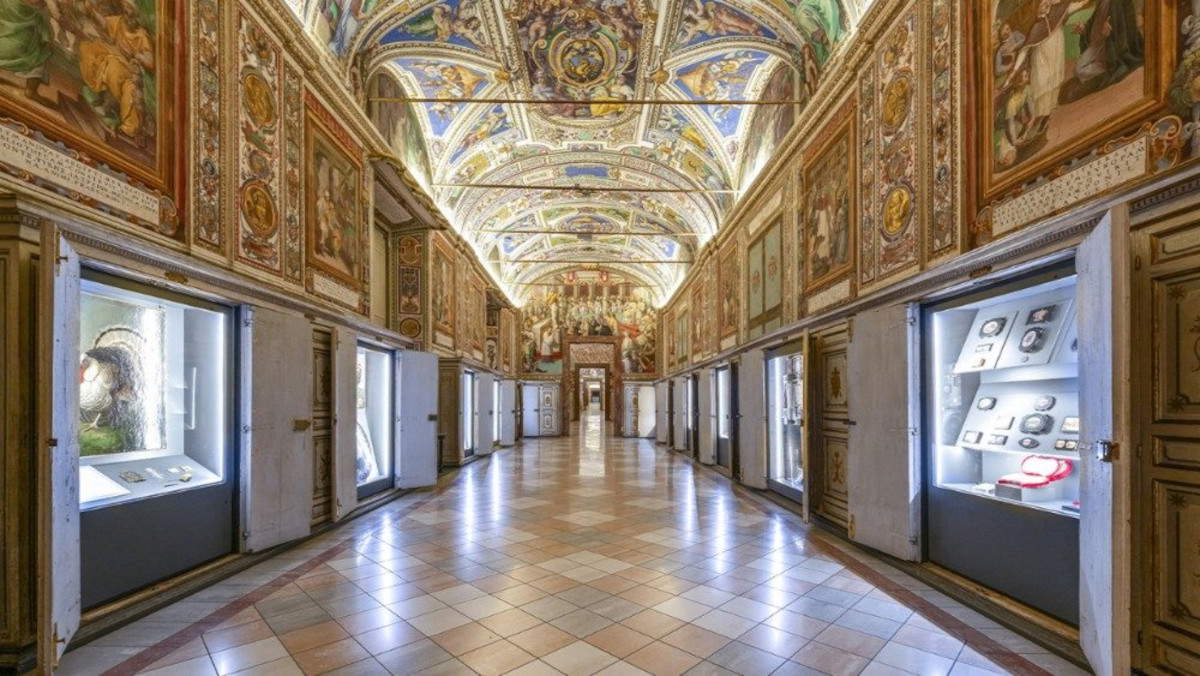
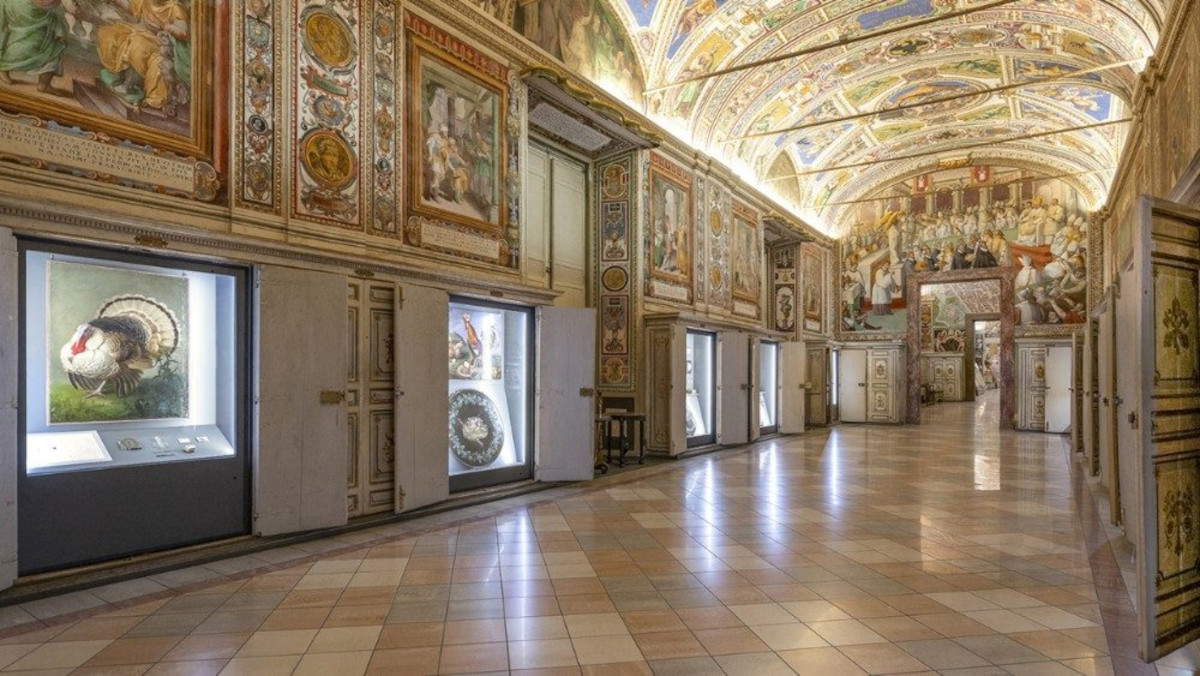
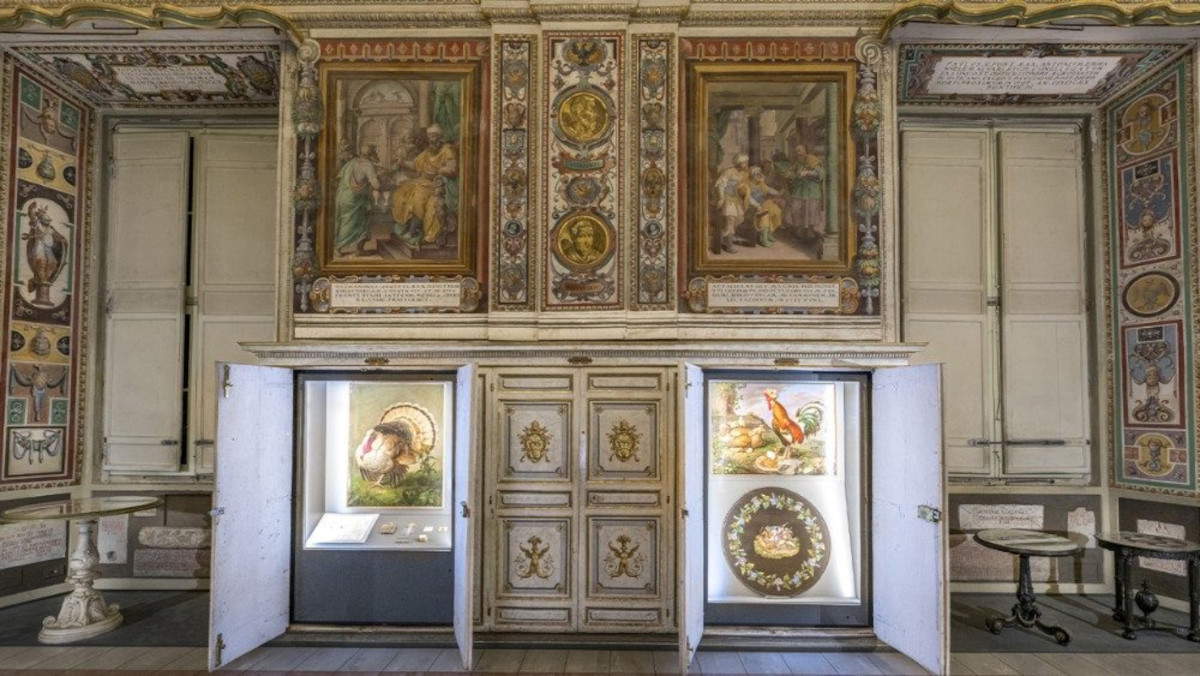
The words “Nostalgia and Invention,” taken from the title of a collection of essays by Alvar González-Palacios, one of the foremost experts on the decorative arts in Rome and Naples in the eighteenth century, were chosen to describe this new exhibit. “Nostalgia, because these objects speak of a past that no longer exists,” explains Luca Pesante, curator of the Decorative Arts Department of the papal collections. “Invention, because it harks back to this new art form that has its roots in classical art and was born in the Vatican Mosaic Studio, officially founded in 1727 and heading toward its 300th anniversary.”
Minute mosaic was officially established in 1795 within the Vatican Mosaic Studio. The workers developed a new technique: abandoning the use of cut vitreous enamel, used in large-scale mosaics, they introduced the technique of spinning, making tesserae less than a millimeter in size, which were then attached with extreme care and precision with the help of tweezers and files.
“It is perhaps one of the most important collections of micromosaics in the world,” Vatican Museums director Barbara Jatta tells Vatican News. “The subjects are predominantly secular, in the minority religious. Previously these small masterpieces were kept in a room in the Upper Galleries, open only on special occasions. We decided to exhibit them permanently to allow many visitors, who have left the Sistine Chapel, to have an encounter with objects created for intimate enjoyment and the result of meticulous work. Refined art, a witness to European taste and collecting at the turn of the eighteenth and nineteenth centuries, and at the same time telling of an exquisitely Roman, Vatican production.”
Photo: © Vatican Museums

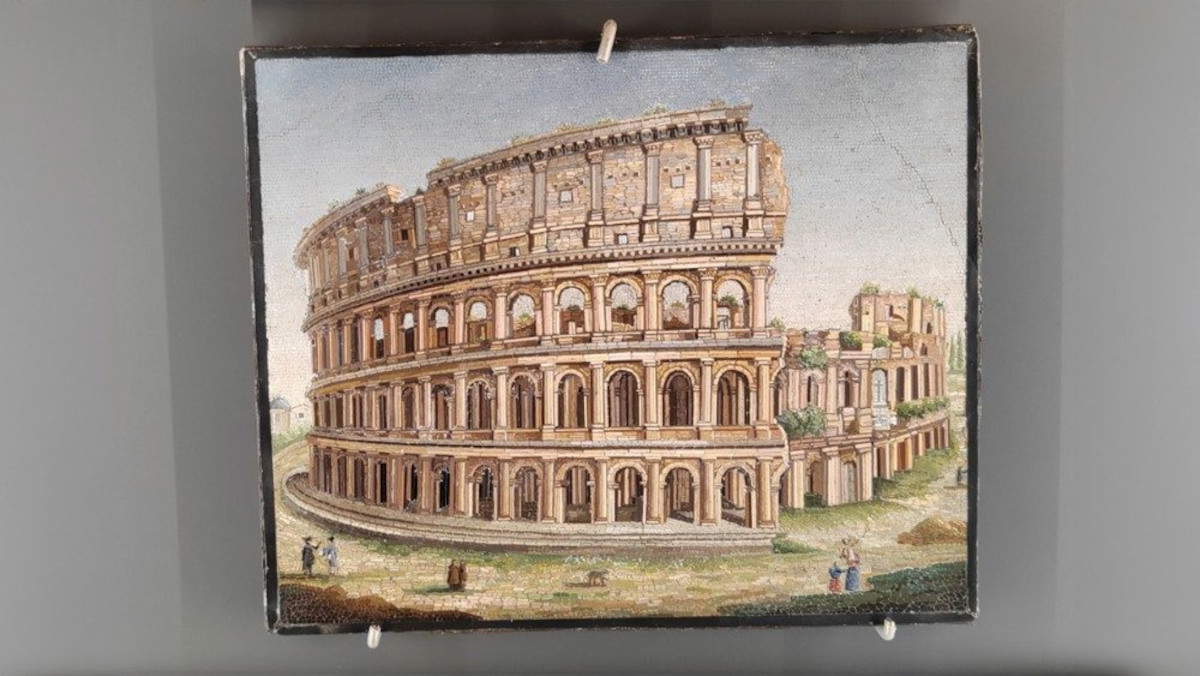
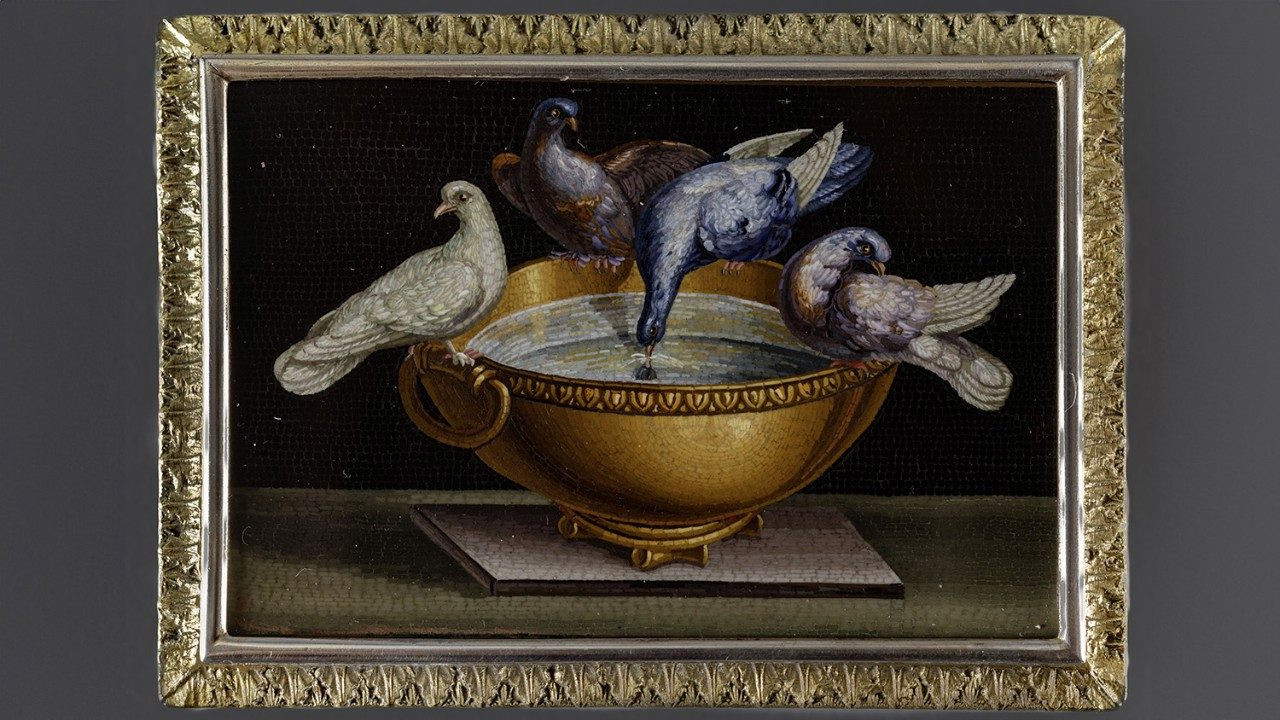
 |
| Vatican Museums, new permanent exhibit brings together entire pontifical collection of micromosaics |
Warning: the translation into English of the original Italian article was created using automatic tools. We undertake to review all articles, but we do not guarantee the total absence of inaccuracies in the translation due to the program. You can find the original by clicking on the ITA button. If you find any mistake,please contact us.